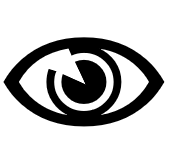The CanSat program is an educational initiative that involves designing, building, and launching small, simulated satellites called CanSats. These CanSats are often the size and shape of a soda can, containing various sensors and instruments to collect data during a controlled descent back to Earth.
Our mission aims to provide a comprehensive understanding of the ozone layer's behavior and the environmental impacts of its depletion or excess. By collecting valuable weather and climate data, this mission contributes to scientific knowledge and provides insights into the consequences of human activities on Earth's climate and air quality. It shall serve as an educational and research initiative to inspire and inform future generations about the importance of preserving our planet. In other words, once our CanSat is show into the air it will start collecting various data by its sensors. Then it shall come down to the ground using its recovery system which we are yet to design and at the same time transmit the data that it's collecting to our station on the ground.
Studying ozone holes phenomenon:
Our CanSat mission aims to understand the phenomenon of ozone holes and investigate the harmful effects of excess or depletion of ozone in the ozone layer. In this way, we want to emphasize the importance of protecting the ozone layer for our planet and human health. Through ozone research, we aim to raise awareness of this issue.
Collecting Data for Integration with Weather Systems:
Our mission is geared towards providing valuable weather data, such as temperature, pressure, and humidity, which can be integrated with existing weather systems. These data can help improve weather forecasts and provide a better understanding of local atmospheric conditions.
Comparing Mission Results with Previous Years to Monitor Climate Changes:
With our CanSat, we aim to focus on monitoring climate changes by collecting data over an extended period. Comparing the results of our mission with those from previous years will allow for the analysis of climate changes and the identification of atmospheric trends.
Studying the Levels of Key Greenhouse Gases in the Atmosphere:
Our CanSat mission will concentrate on studying the levels of greenhouse gases, such as carbon dioxide (CO2) and methane. Researching these gases will aid in understanding the impact of human activities on climate change and air quality. Through these CanSat mission objectives, we seek to contribute to scientific research, educational efforts, and raising awareness about the importance of environmental protection and the ozone layer.










